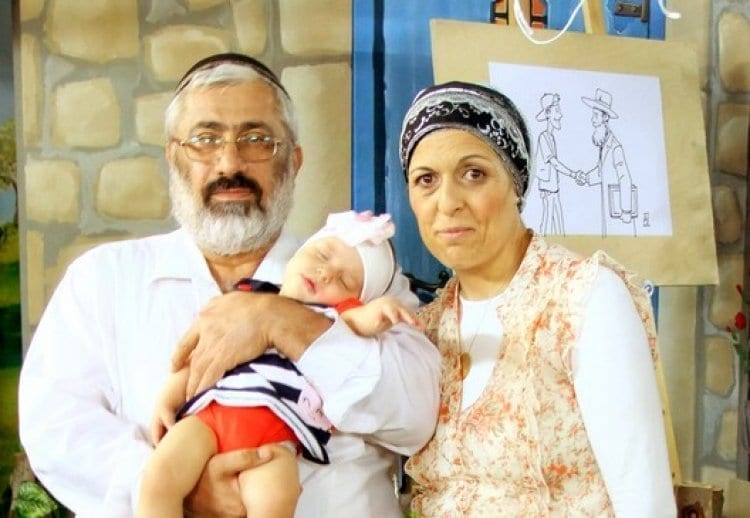Desde que o arrependimento sincero que venha do fundo da alma tem um poderoso poder para levanta-lo das profundezas – mesmo para uma pessoa tão má que parece que não pode ser pior. O arrependimento sincero não depende do tempo e da quantidade, mas é medido pela intensidade, rigor e qualidade. Com uma decisão correta, uma pessoa pode em um segundo se arrepender.
“Ontem, ele foi odiado por D'us, desprezado, distante e abominável, e hoje ele é amado, agradável, próximo e amigo”. (Leis do arrependimento de Maimônides)
A Guemara (Avoda Zara 17a) traz o caso de Elazar ben Durdaya que foi completamente afundado em decadência até o pescoço. Ele estava tão afundado de pecados, que ele aproveitou todo seu tempo, esforços e dinheiro para pecar. Quando alcançou o auge do pecado em seu comportamento completamente degenerado, ele começou a experimentar sentimentos de remorso e decidiu se arrepender.
No entanto, a mudança parecia impossível para ele e pensou que não poderia fazê-lo sozinho. Então ele foi entre duas montanhas e pediu-lhes ajuda: “Montanhas e colinas, busquem piedade por mim!” Mas disseram a ele: “Antes de pedirmos para você, temos que pedir para nós”, como diz (Isa. 54 : 10) “Porque os montes se afastarão, e as colinas marcharão”.
Ele apelou para os céus e recebeu a mesma resposta.
Elazar ben Durdaya finalmente chegou à conclusão óbvia e declarou: “Tudo depende de mim!” Os mesmos poderes físicos e mentais que ele investiu em pecar, ele agora aproveitou para se arrepender. Ele colocou a cabeça entre os joelhos [a posição de um recém-nascido, simbolizando que ele queria voltar a ressentir-se novamente], e profusamente chorou de seu coração.
Ele chorou e chorou com tanto remorso e angústia até que sua alma partiu em pureza. No momento de sua morte, uma voz saiu do Céu e declarou: “Feliz, você é, Rabino Elazar, que você seja bem-vindo no mundo vindouro!” A guemara acrescenta que quando Rebe, o líder judeu dessa geração, ouviu essa voz celestial, ele gritou: “Alguns conseguem entrar no mundo vindouro em alguns anos, e alguns conseguem em uma hora!” Rebe também acrescentou: “Não só aqueles que se arrependem são bem-vindos, mas eles são até intitulados” Rabino ” ! “
Por que Rebbe chorou? Não deveria ter ficado entusiasmado com o poder do arrependimento e o fato de que uma pessoa pode ganhar seu mundo vindouro com apenas uma hora de arrependimento?
Alguns cometem o erro de pensar que Rebe estava com ciúmes do rabino Elazar ben Durdaya porque, enquanto a maioria de nós tem que trabalhar e ganhar nosso mundo eterno com muito suor e trabalho durante a nossa vida, Rabi Elazar Ben Durdaya pecou toda a sua vida e recebeu seu mundo eterno com apenas uma hora de esforço.
Mas é impossível atribuir essa perspectiva ao Rebe. O motivo das lágrimas de Rebe é porque ele percebeu o grande valor de cada segundo da vida de forma concreta. Uma pessoa pode passar completamente sua vida em apenas uma hora. Tudo o que é preciso é apenas uma hora para alcançar os níveis mais elevados de que um ser humano é capaz de. Rebe descobriu o poder imenso que reside em cada pessoa, um poder que permite que uma pessoa se levante do abismo até as alturas. Ele estava chorando porque estava exigindo mais de si mesmo.
E se Rebe chorasse, o que o resto de nós deveria sentir?


